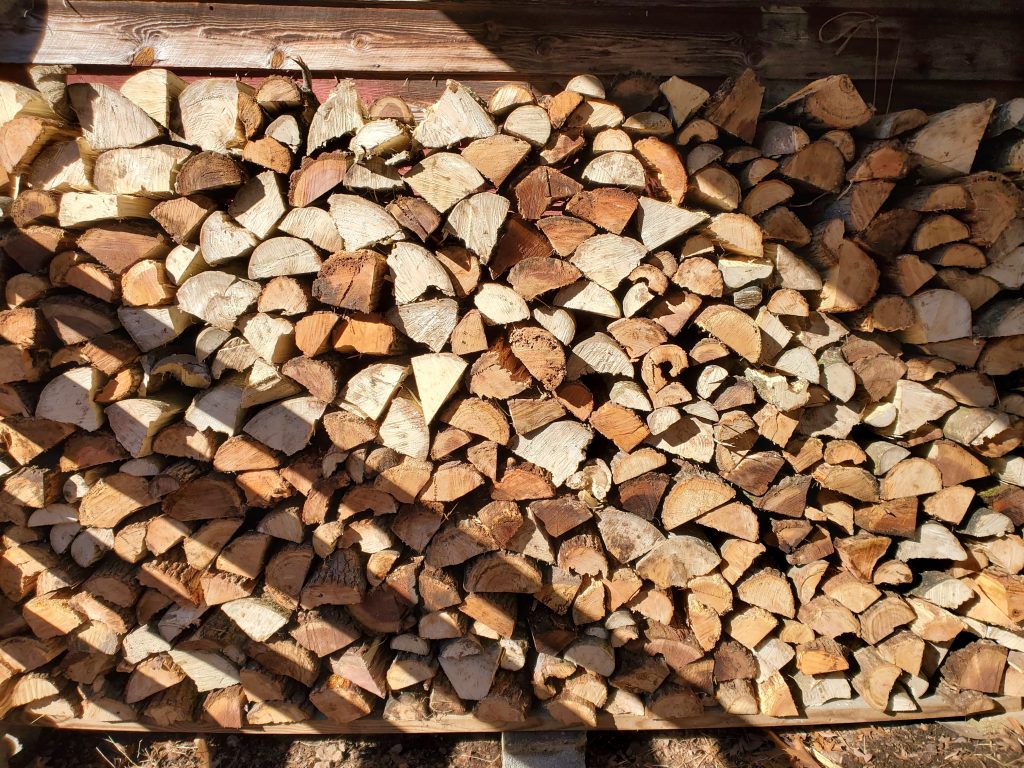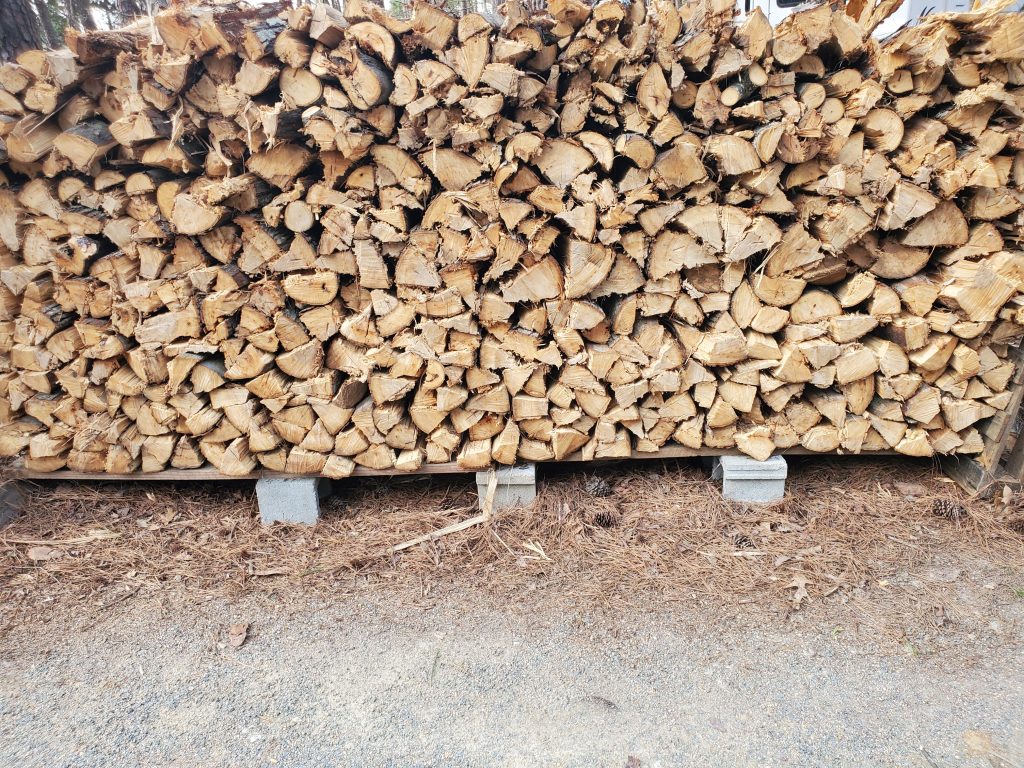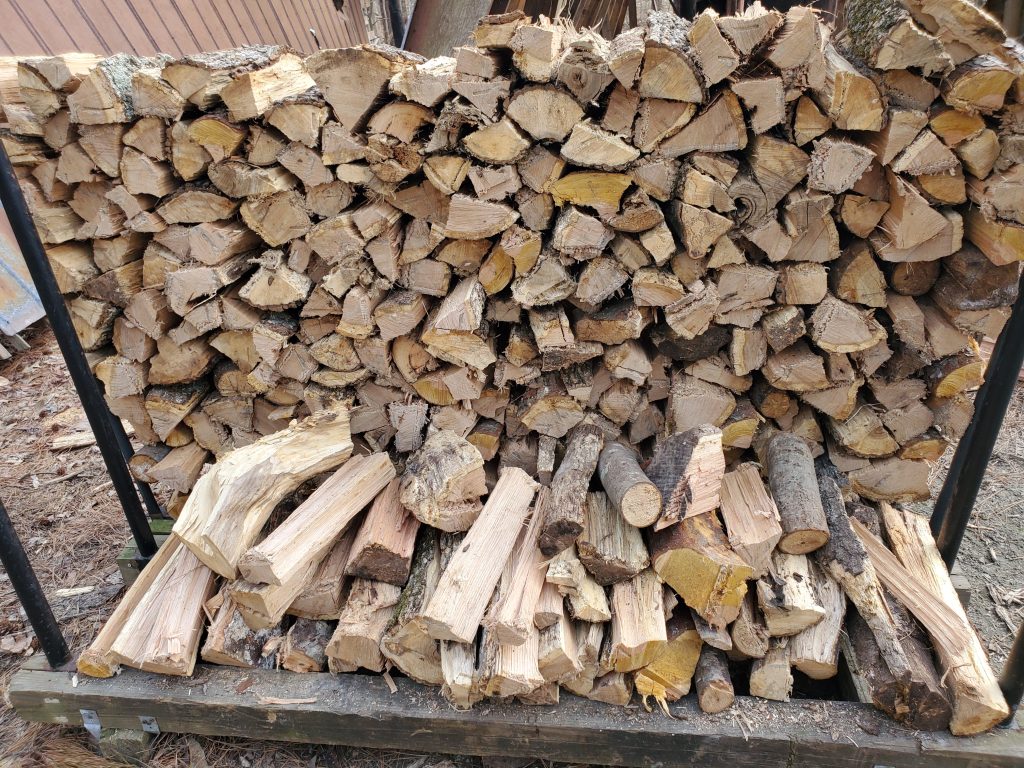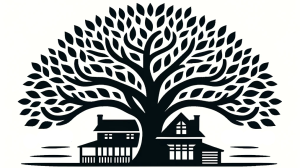This region of North Carolina is renowned for its undulating landscapes, a rich history, and of course, a cool climate that calls for the warmth of a crackling fire. The woods of Piedmont are home to a myriad of tree species, and each of these offers unique firewood qualities. This guide will dive into the best to worst firewood species in the region, ensuring you get the most out of every log you burn.

Stoking the Fire: The Piedmont Wood Selection
Before we embark on our journey through the woods of Piedmont, it’s essential to delve into the intricacies of what sets one firewood species apart from another. At a glance, they might all appear to serve the same primary function: to burn. However, when choosing the right firewood, several critical factors come into play.
First and foremost, the density of the wood determines its burning duration and heat output. Denser woods like oak and hickory, for instance, burn hotter and longer, offering sustained warmth which is ideal for the chilly nights in Piedmont. On the contrary, less dense woods, while easier to ignite, tend to burn quicker, producing less overall heat.
Another paramount factor is the moisture content. Freshly cut wood, often termed as ‘green,’ contains a high percentage of water. Burning it can be challenging and results in less heat. Moreover, it leads to more smoke and can cause sap-loaded pops and sparks. Seasoned wood, which has been dried over time, ignites easily, burns efficiently, and provides a cleaner flame.
The aroma is often an overlooked aspect of firewood, yet it can significantly impact the ambiance. Woods like hickory or cherry impart a pleasant, sometimes even nostalgic scent when burned, elevating the fireplace experience. Some woods, however, can produce a more acrid smell which might not be as enjoyable.
Lastly, the amount of creosote the wood deposits in the chimney plays a vital role in its ranking. Creosote is a flammable substance, and its excessive buildup can lead to chimney fires. Woods that burn at a lower temperature, especially if they’re not well-seasoned, tend to release more creosote. Therefore, understanding which firewood leads to more creosote can be essential for safety, necessitating regular chimney maintenance and cleaning.
Majestic Oaks: The Slow and Steady Warmers
Oak, be it the regal white or the robust red, stands tall in the world of firewood. These dense woods are renowned for their intensely hot, lingering flames. But as the saying goes, “Good things come to those who wait.” That’s especially true for oaks, which can test your patience with their extended seasoning time. With a whopping 24-29 million BTUs per cord, they undoubtedly top the charts in heating prowess. Their minimal creosote content paired with that unmatched heat output makes them the darlings of indoor fireplaces. But remember, patience is key; give them their due time to season.

Hickory Tales: The Royal Burner
Ah, Hickory! Often crowned the ‘King of Firewood,’ this wood doesn’t just bring the heat—it adds an aromatic twist. Think of those summer BBQs and smoked delights; that’s the aroma hickory graces your hearth with. And with BTUs ranging from 24-28 million per cord, it’s nipping at the oaks’ heels. What’s more, its versatile nature makes it equally adept at warming your living room as it is at grilling your steaks in the backyard.
Maple Moments: Swift Warmth, Consistent Glow
Maple, both sugar and red varieties, is the epitome of reliability in the firewood realm. Seasoning at a pace faster than oak, it promises consistent, enduring warmth, saving you the hassle of constantly reloading. Delivering a solid 18-24 million BTUs per cord, maple is no slouch in the heating department. Its well-balanced burn is perfect for indoor settings, but don’t hesitate to let it shine outdoors, where its steady flames can dance under the stars.
Ash Adventures: Ready When You Are
Ash is the firewood world’s unsung hero. It’s one of those rare breeds that can burn even when green, although seasoned ash does elevate the experience. Lighting up effortlessly and giving a steady, comforting flame, ash is consistent with its 20-24 million BTUs per cord. Whether you’re cuddling up with a book indoors or setting the mood for an outdoor gathering, ash is always game.
Pine Play: Quick and Quirky
Pine, specifically the Loblolly and Shortleaf varieties, is the wildcard of the firewood family. It’s a dream to split and seasons in what feels like a heartbeat. But, every rose has its thorn, right? With pine, it’s the propensity to spark and the potential for a higher creosote deposit. Offering 15-19 million BTUs per cord, it’s a bit more modest in its heat contribution. Because of its playful sparks and creosote tendencies, pine is best enjoyed in open outdoor settings, where its quirks become part of the charm.

Tips for Storing and Prolonging Shelf Life
Proper storage is as essential as choosing the right wood. Here’s how to ensure your firewood lasts longer:
- Elevate Your Stash: Keep wood off the ground using pallets or racks. It prevents moisture and bugs from ruining your stack.
- Shield From Weather: Protect the top from the elements, but ensure the sides are open for air circulation.
- Seasoning is Key: Allow at least 6 months to a year for your wood to dry. It not only increases its BTU output but also minimizes creosote buildup.
- Organized Stacking: An alternating pattern helps with ventilation, ensuring faster drying.
- Rotate: Use the oldest wood first to prevent decay.
Indoor vs. Outdoor Usage:
- Indoor: Opt for hardwoods for a safer, warmer burn with less creosote.
- Outdoor: Softwoods like pine are excellent for a quick, spirited bonfire.
The Importance of Chimney Care
Burning firewood, especially resinous types like pine, can lead to creosote buildup, a major fire hazard. Here’s how to maintain your chimney:
- Annual Inspection: This can help spot issues before they become major problems.
- Regular Cleaning: Depending on your usage, get your chimney cleaned to prevent dangerous creosote accumulations.
- Dry Wood is Best: Wet wood can cause excessive creosote, so always opt for well-seasoned logs.
Keeping Piedmont’s Fires Burning Brightly
The Piedmont region of North Carolina offers an impressive array of firewood species, each with its unique qualities. Whether you’re seeking the intense warmth of oak or the quick burn of pine, this guide has you covered. Remember, burning wood efficiently isn’t just about the type but also how you store and maintain it. Stay warm and safe with the right firewood choices! If you’re looking to purchase quality firewood, feel free to explore our diverse selection and order from Brown’s Arbor Care today!

Leave a Reply